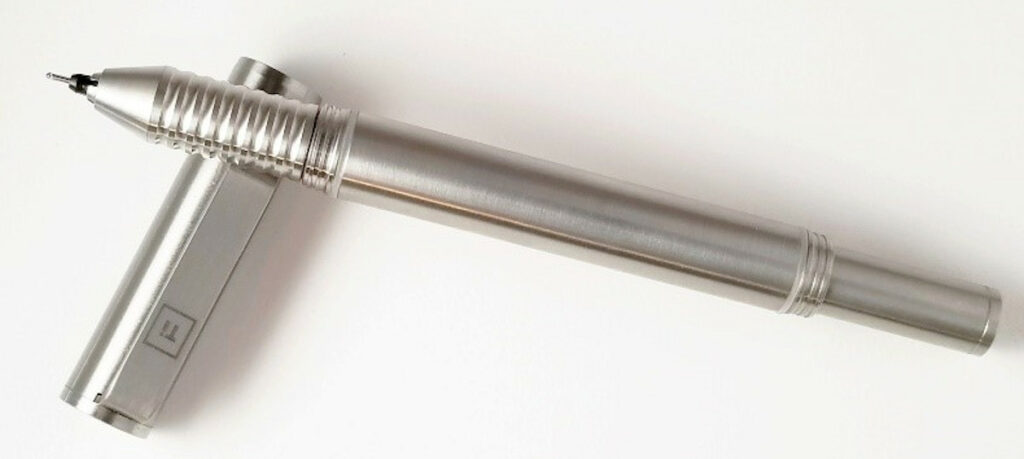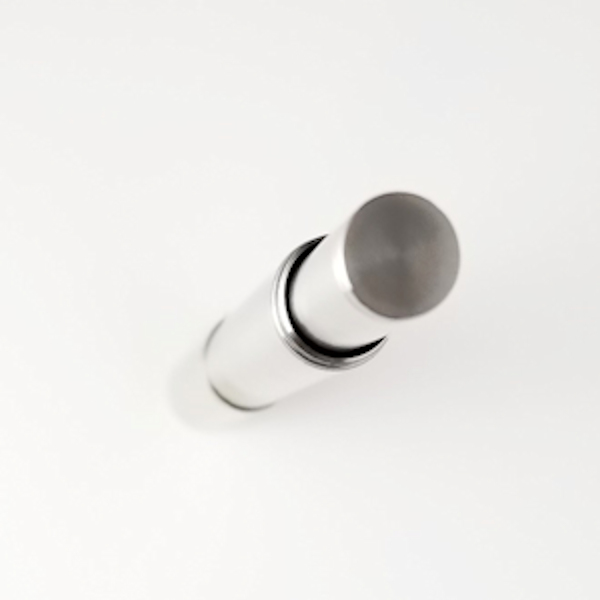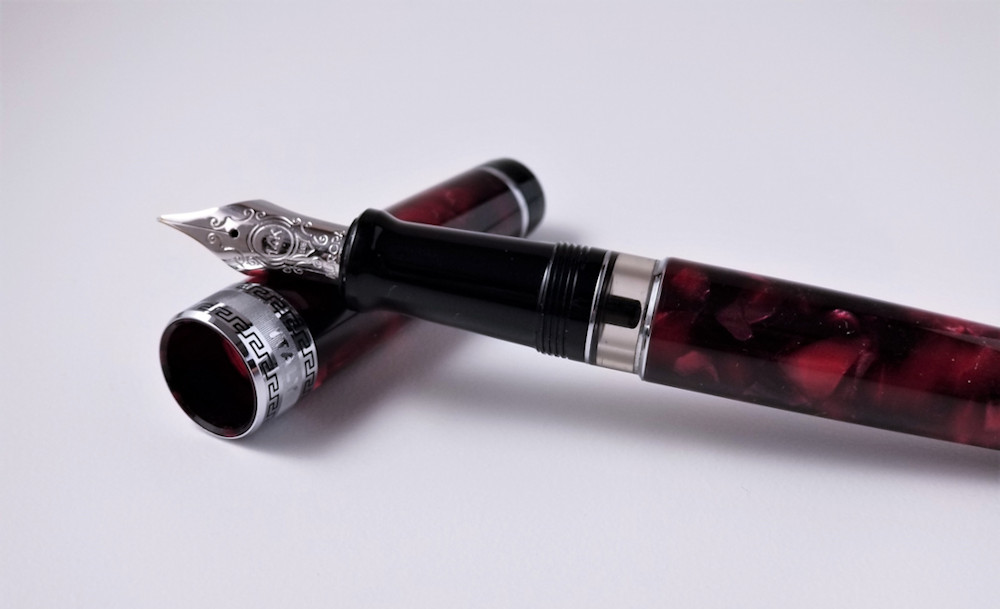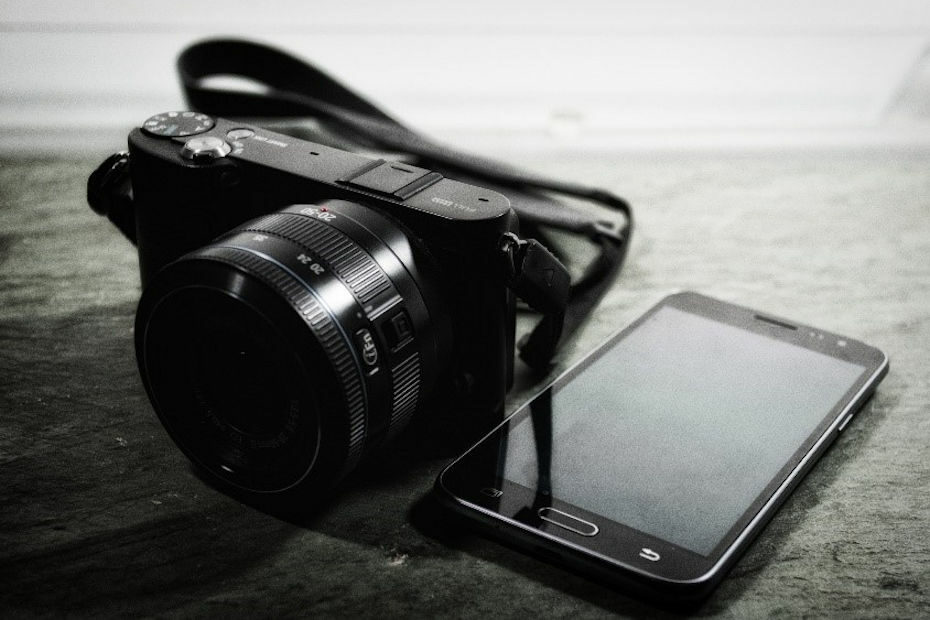You’re a small business just starting out. You just need a handful of photos of your product for your webstore. You can hire a freelance photographer, but you’d rather save the money. From our series on DIY product photography, you know you can take your own product photos fairly cheaply. But you want the photos to look good. Does the camera matter? How do you pick a camera for product photography?
We’ll cut to the chase on the answer: if you have a mid to top-tier smartphone purchased in the last few years, you should be able to take near-pro quality product photos using the phone’s camera.
Allow us to elaborate.
Your Phone’s Camera is Well Suited for Basic Product Photography
Your phone’s camera is a fairly sophisticated point-and-shoot camera. As such, it has both the software and hardware you’ll need for DIY product photography.
For software, the latest iOS and Android software both give you some ability to control the picture quality. The software also lets you edit the photo right on the phone.
As to hardware, the most important one is optical zoom. Not all phone cameras have optical zoom (they all have digital zoom, which isn’t true zoom).
Ordinarily, this is a deal-breaker if you need photos of any quality. But, if you’re using the camera for product photography, you can just move your phone closer to the product. After all, you are shooting indoors under controlled conditions, and the product is right in front of you.
To get to a near-pro quality photo, you’ll still need to adjust the photo with photo editing software from your computer. But you’d have to do this even if you used a fancy camera. So, the need to edit photos on a computer doesn’t mean a photo taken with a phone camera is necessarily an inferior photo.
Below are some photos we took with a Samsung Galaxy Note 8 (specs). Of course, at this writing, the Note 8 is a rather old phone. There are many other phones in the marketplace that can take far better photos.
We are sure the practiced eye of a professional photographer can find flaws in our photos. But for simple, no-nonsense photos that that only need to show a potential customer what a product looks like, we don’t think they look too bad.



Essential Functionalities Needed in a Camera for Product Photography
Whichever phone camera you use, you need to make sure it has some essential functionalities. There are really just two, with one optional:
- Tap to focus feature. You’ll need to be able to manually control where you focus. Sometimes, the product or the feature you want your customer to see isn’t in the center. You’ll want to be able to make that area sharp and clearly viewable.
- Ability to adjust the brightness. You’ll need to be able to adjust the brightness (i.e. exposure) of the shot. Photography is all about lighting. For product photos, you’ll want to light the product really well so your customer can see the details. While you can adjust the exposure with photo editing software, you’ll save yourself some time if you also make some adjustments even before you take the photo.
- Have an optical zoom. Optical zoom is a “real” zoom done with a camera lens. In contrast, a digital zoom is just enlarging a photo with software. With an optical zoom, you’ll still get a crisp, clear photo after zooming. But if you zoom too much with a digital zoom, you’ll just get a fuzzy pixilated image. For product photography, you can always hold your camera closer if you don’t have an optical zoom, but it does make shooting photos more convenient if you have the optical zoom.
Why You Won’t Need a Fancier Camera for Product Photography
In case you still doubt the abilities of a phone camera to take great product photos, let’s go over why you won’t need a fancy (and more expensive) camera.
DSLRs are Great Cameras but Too Complicated and Expensive for DIY Product Photography
Most professional photographers use a DSLR (digital single-lens reflex) camera. These cameras are versatile. They give the photographer a great deal of control over, e.g., low light conditions, fast-moving subjects, or multiple focus points. To independently adjust for each control, DSLR cameras usually have all sorts of buttons, numbers, and dials.
So, to fully unleash the power of a DSLR, you will have to learn what all those buttons, numbers, and dials mean. You will have to understand concepts like aperture, shutter speed, and ISO. And you’ll also have to know how adjusting one can affect the others. All this takes a lot of time and practice. You might not have either. After all, you have a new business to build.
As well, the body of a DSLR camera can be paired with many specialized lenses. These lenses can be expensive, so the cost of owning a DSLR can balloon quickly.
But you’re taking DIY product photos to control costs. So, buying a DSLR and then buying multiple lenses to take simple product photos go against that goal.
A Bridge Camera is a Good Compromise, but You Still Won’t Need 99% of its Functionality
Bridge or superzoom cameras are slightly less expensive than DSLRs. But they give a photographer almost as much control over a shot as DSLRs.
Bridge cameras come with a permanently attached lens that can both shoot close up and zoom a great distance. This gives photographers a great deal of flexibility without having to buy multiple lenses.
But, some of the top-of-the-line bridge cameras cost more than $1,000.00. Even the less expensive ones can cost around $500.00. So, these cameras, while nice, are still too pricey for the simple needs of basic product photography.
Point-and-Shoot Cameras Work Well for Product Photography, but Why Spend the Extra Money?
Finally, you can use a point-and-shoot camera for product photography. Point-and-shoots are easy to use and a lot more affordable compared to DSLR or bridge cameras.
Point-and-shoot cameras usually come with an optical zoom lens. The camera’s software offers you a lot of control over the picture quality. Better yet, these controls are intuitive so you can learn how to use them far more easily than DSLR or bridge cameras.
But, unless you need optical zoom—and in product photography you can do without—a point-and-shoot camera does not offer a significant advantage over a smartphone camera. Smartphone cameras, along with the intuitive, real-time editing software available right on the phone, give as much if not more control over picture quality.
Because most people already own a smartphone with a decent camera, it doesn’t make sense to pay more to buy another piece of equipment when the smartphone will do just fine.
Using Your Smartphone Camera is the Minimum Needed, but Nothing Prevents You From Using a Fancier Camera
We know that photography is a popular hobby. Very likely a lot of you already have a DSLR or a bridge camera. If that is you, by all means use that camera for product photography. The DIY product shoots might even give you the excuse you secretly hoped for to buy even fancier equipment. That’s all good.
But, if you don’t already own a fancy camera, know that you’ll be just fine using that camera on your mid-tier smartphone. You’ll take a few shots in your DIY photo studio and edit the photos using free software. And you’ll get a near-pro quality product photo. No one will be the wiser.
Questions? Comments?

